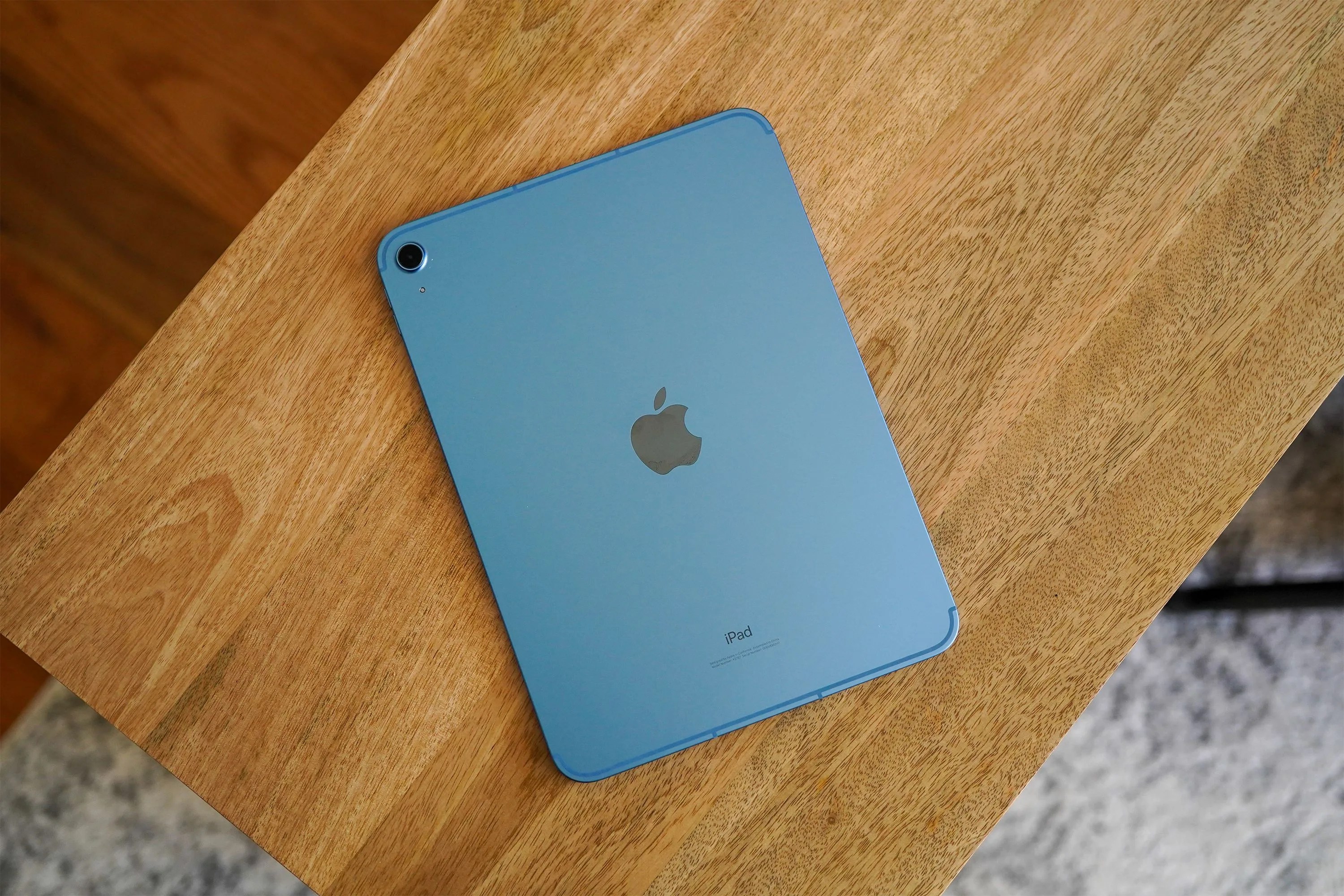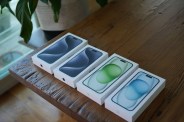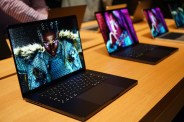The iPad has had a rough time lately. It’s been two years since Apple introduced new iPads, which is officially the longest time the world has ever had to wait. iPad revenue also declined sharply by 25% year over year in the December quarter.
The good news is that on May 7th, Apple is finally set to unveil its latest batch of iPads. Plenty of rumors have swirled around what we should expect. The highlights include improved OLED displays on both sizes of the iPad Pro as well as new versions of the iPad Air, including a larger 12.9-inch addition.
It all sounds like Apple is doing the typical Apple thing, introducing a slew of changes big and small that’ll make the next generation of iPads even better and help put tablets back in the popular limelight.
However, the mix of murmurs around slumping sales and buzz over improvements ahead shouldn’t distract from an immediate truth: the iPad is already Apple’s most successful hardware line.
Before you retort with the obvious, I know that the iPhone as a business dwarfs the iPad, not to mention the total economies of many nations. That’s undeniable. From a pure revenue perspective, the iPhone literally generated close to 10x the revenue ($69.7 billion) that iPads generated ($7.02 billion) for the quarter ending on December 30th, 2023.
I’m also well aware that the iPad wouldn’t exist without the iPhone, given that even to this day, much of the iPad’s appeal stems from it being just an iOS device with a bigger screen. And yeah, I recognize too that the Mac is a more significant business than the iPad, not to mention the product line that started it all for Apple.
But when you cut the Wall Street and nostalgia perspectives out of the conversation and think about the characteristics that separate the ordinary products from the great, the case for the iPad’s unique success seems obvious.





